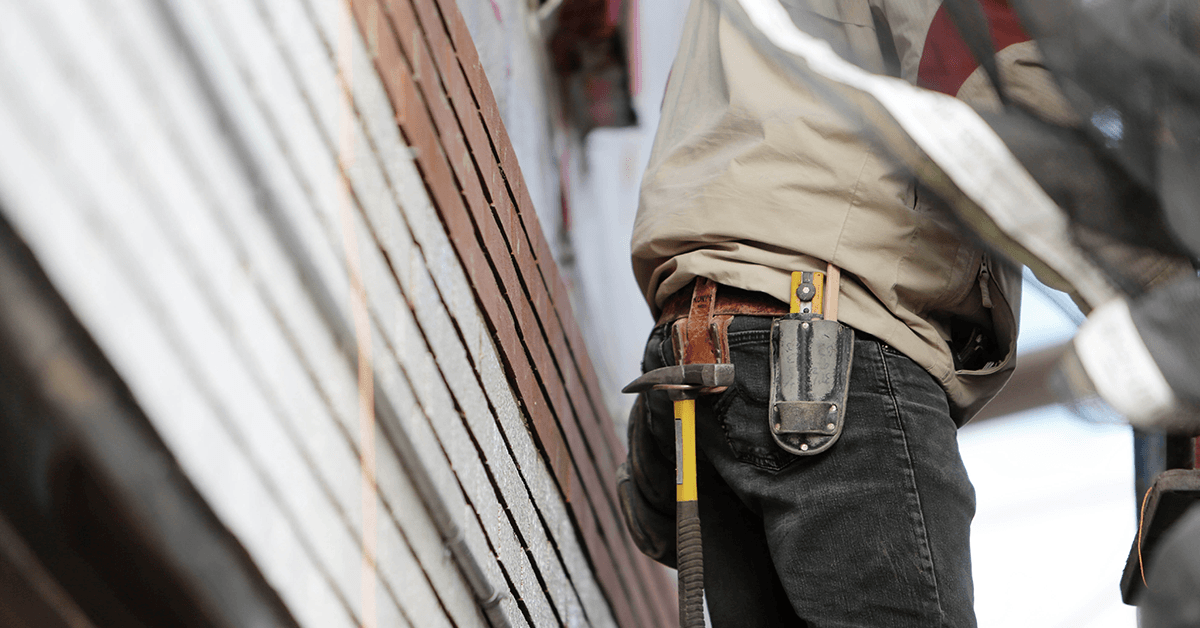What Contractors Need to Know About Working on Historic Homes
By Randy Breneman on Monday, February 18, 2019Looking to get started doing work on historic homes? Read about the basics!
Your construction, field service, or contractor company gets a call from a new client. Then, the word “historic” comes up. In many ways, the chance to work on a historic home represents an exciting challenge and adventure. But if you and your construction crew have only ever worked on modern homes, you need to embrace the learning curve. Accordingly, we put together this basic primer on servicing historic homes.
Rehabilitation or restoration?
Before the ball can get rolling, both you and the homeowner need to clearly understand the goal: rehabilitation or restoration?
Rehabilitation represents the far more common approach. When rehabilitating a home, your crew will ensure that it remains safe and livable. You can typically add modern technology and materials when it makes sense to do so. However, unique features of the home that showcase its history should remain intact as much as possible. For example, architecture native to the original period shouldn’t be demolished or covered up.
Restoration attempts to return the home to its original state with as much attention to detail as possible. This means sourcing original materials or using traditional installation techniques to seamlessly integrate repairs. Due to modern conveniences like indoor plumbing and electricity, few homeowners choose full restoration. Instead, they restore what they can while also making the home habitable.
Understand the difference between registers, and learn the rules.
You may have heard of the National Register of Historic Places, but before you start to worry about federal red tape regarding historic rehabilitation and restoration, understand that regulation happens at a local level. The National Register of Historic Places maintains a list of historic homes and buildings and offers resources for restoration and rehabilitation efforts.
Seek out the local governing body for historic places and familiarize yourself with their rules, regulations, and approval processes. You may be surprised by what you learn. For example, exterior elements usually represent the most strictly regulated aspects of historic houses. Thus, preserving the identifying architecture of the period and allowing the public to enjoy this history is often top priority. What does this mean? If your roofing company gets a call about a historic home, you can bet you’ll need to source original roofing materials for the job.
Another common rule bans additions and expansions, but the only way to know the nitty-gritty details in your area involves researching the local governing body yourself. You should also ask about required paperwork. How else will you know whether the homeowner has gone through the proper channels and received the all-clear to move ahead with the project?
Get to know your local historical society.
Introduce yourself to the local historical society and find out what resources they offer homeowners and contractors. Turn to these experts when you need to know about historical techniques and materials.
Another scenario in which you may need their help? Dating the home in the first place. Some historic homes began as simple log cabins and received updates and additions whenever technology changed. Some rooms in the home may be much older than others. Careful deconstruction by your crew and an investigation by the local historical society should help give you a better understanding of the period.
Become familiar with grants and insurance policies.
Although the homeowner bears the responsibility of securing funding for a historic restoration or rehabilitation, it’s in your best interest to help “make the sale.” After all, if the homeowner doesn’t have money, you don’t get money either. These projects can get expensive. Original materials simply cost more, and installing them takes more time.
Therefore, it makes sense for you to understand the role that grants and insurance companies play in funding historic restoration and rehabilitation projects. Become an expert and you can help guide homeowners through the process or point them toward the local historical society for even more hands-on assistance.
Love historic work? Make it your niche.
If you happen to fall in love with the intricacies of working on historic homes, definitely advertise your services. In fact, doing a fantastic job on your first historic home can lead to some quick word-of-mouth referrals. Historic homes don’t tend to exist in isolation; historic homes typically occupy historic neighborhoods. Once the neighbors catch wind of the great work you did, they’ll seek your services too because they know they can trust you to pay attention to the details.
Your local historical society probably maintains a list of contractors with experience working on historic homes. Getting on this list represents a wonderful advertisement. And don’t forget to integrate it into your overall marketing strategy, such as using SEO keywords on your website or sharing before/after pictures on your social media accounts. For big projects, contact the local newspaper to showcase the home’s history and your work. In short, working on historic homes is a win-win when you do it right.


